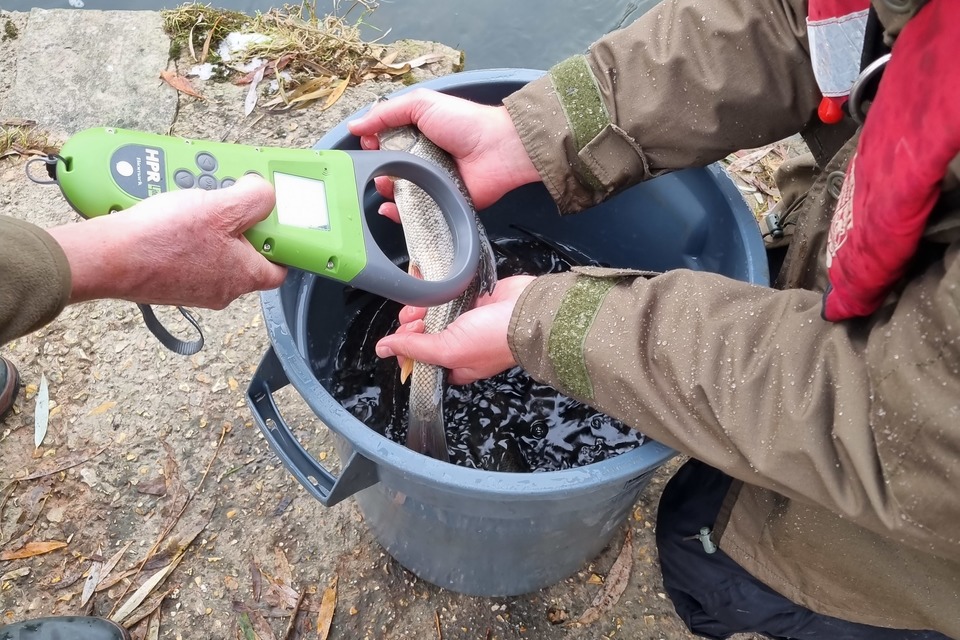Environment Agency

The 3 year study began at the fishery this week, with the restocking of 200 2-year-old barbel.
Anglers at the historic Throop fishery near Hurn, Bournemouth, had reported a decline in barbel catches and the Angling Association approached the Environment Agency for help in finding the cause of the fall in numbers. Significant habitat improvements have been made at the fishery over previous years to improve spawning areas and juvenile and adult habitat after dredging in the 1970s.
The juvenile barbel, reared at the Environment Agencys National Coarse Fish Farm in Calverton, near Nottingham, have been tagged with passive electronic tags, similar to those used to chip dogs and cats. These chips are individual to the fish and will hopefully last for the entire lifetime of the fish.
Environment Agency Fisheries Officer Jim Allan, said:
Using pit tags in this way gives us a great opportunity to monitor the barbel movements over a number of years, and give input back to the club.
Anglers can scan the fish they catch and track their movement.The data will provide valuable information on the validity of stocking and longer term information on growth rates and survival.

Christmas is a good time to introduce the fish into rivers, as it enables them to acclimatise to their new surroundings, ahead of their spawning season in the spring.
This project has been joint funded through the Environment Agencys Fishery Improvement Programme, re-investing rod licence income to improve or develop fisheries and increase our understanding of fisheries management.
All rod licence income is used to fund work to protect and improve fish stocks and fisheries.You can b
